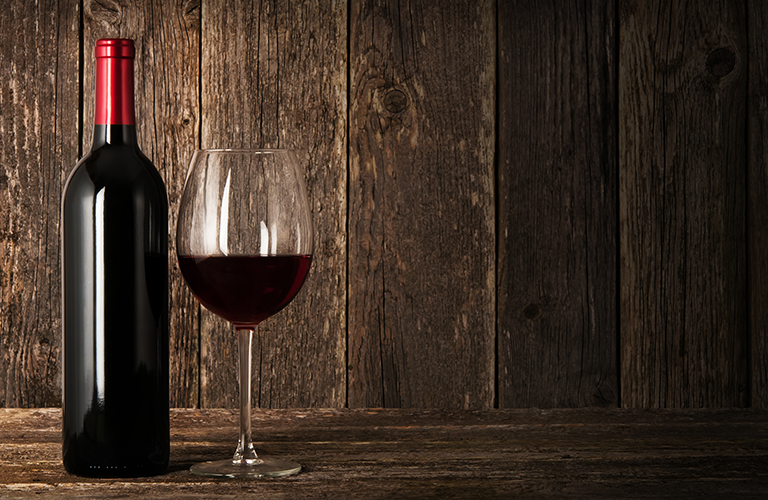
The United States District Court for the Southern District of New York held that Defendant Peju Province Winery L.P. (“Peju”) is precluded from litigating the likelihood of confusion issue that was decided by the Trademark Trial and Appeal Board (TTAB) in 2004.
Plaintiff Cesari S.R.L. (“Cesari”) is an Italian winery that produces wine with the mark LIANO, which was registered on January 7, 2003, which an alleged first use of January 26, 1989. On February 10, 2003, Peju filed an intent-to-use application to register LIANA for wine. Cesari opposed the registration of Peju’s mark based on a likelihood of confusion. On July 20, 2004, the TTAB granted summary judgment to Cesari based on the du Pont likelihood of confusion factors and refused the registration of Peju’s mark, LIANA. Despite the refusal, Peju continued to use the mark on wines. In March 2016, Peju applied to register LIANA for all alcoholic beverages. Cesari filed an opposition to the application and then brought a trademark infringement action before the district court. Cesari then moved for partial summary judgment arguing that Peju is precluded from relitigating the TTAB’s determination that the LIANA mark is likely to cause confusion with Cesari’s mark, LIANO.
Issue preclusion bars a successive litigation when (1) the issues in both proceedings are identical, (2) the issue in the prior proceeding was actually litigated and actually decided, (3) there was a full and fair opportunity for litigation in the prior proceeding, and (4) the issues previously litigated were necessary to support a valid and final judgment on the merits.
In B&B Hardware, Inc. v. Hargis Indus., Inc., 135 S. Ct. 1293 (2015), the Supreme Court held that “[s]o long as the other ordinary elements of issue preclusion are met, when the usages adjudicated by the TTAB are materially the same as those before the district court, issue preclusion should apply.” Id. at 1310.
In a trademark infringement action, a court determines the likelihood of confusion between the parties’ marks by analyzing and comparing the parties’ marks as they are used in commerce. The TTAB on the other hand “typically analyzes the marks, goods, and channels of trade only as set forth in the application and in the opposer’s registration, regardless of whether the actual usage of the marks by either party differs.” Id. at 1307. Thus, if the TTAB does not consider the marketplace usage of the parties’ marks, the TTAB’s decision should have no later preclusive effect in a suit where actual usage in the marketplace is the paramount issue. Id. at 1308.
Peju noted that the actual usage of the mark is limited to wines from grapes grown in Northern California, wines purchased by sophisticated customers, new world wines, wines priced between $40 and $60 a bottle, and wines sold on specific websites and at specific wineries. The district court viewed these usages as narrower marketplace usages from what the TTAB has already adjudicated because it is all just wine. Therefore, the district court found that since the parties’ marks are used in a manner that is materially the same as the usages adjudicated by the TTAB, Peju is precluded from re-litigating the likelihood of confusion issue in federal court.
Contrary to what was expected as a result of B&B Hardware, the district court did not consider Peju’s marketplace usages that could distinguish its mark from Cesari’s, such as the sophistication of their consumers, the different stylizations of the marks, and the long coexistence without confusion. This decision illustrates that parties should be wary that future TTAB determinations may be found to have preclusive effect based on interpretations of the B&B Hardware decision that may ignore significant use in commerce differences between the marks.

